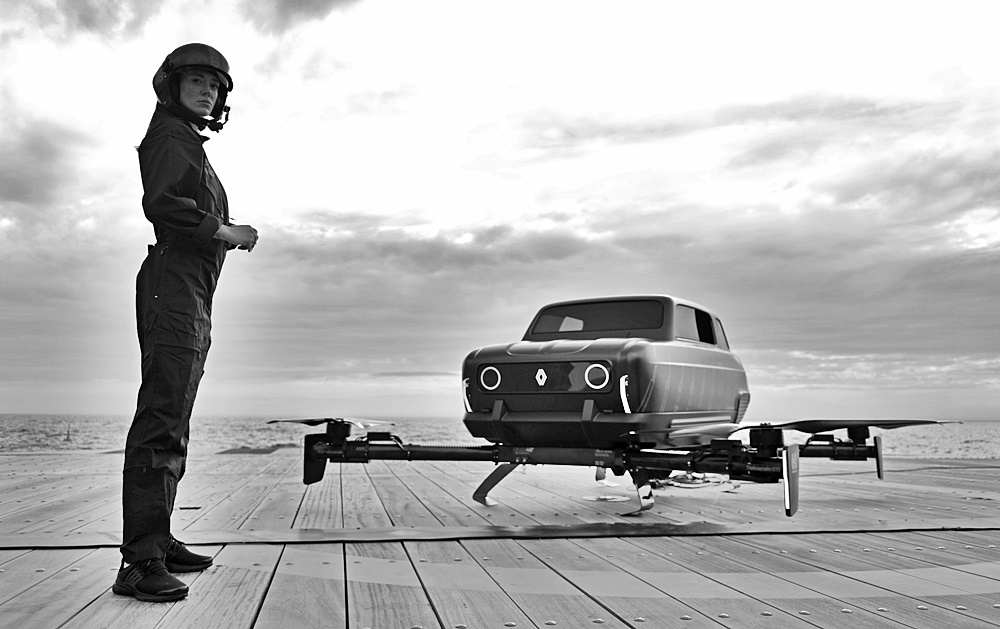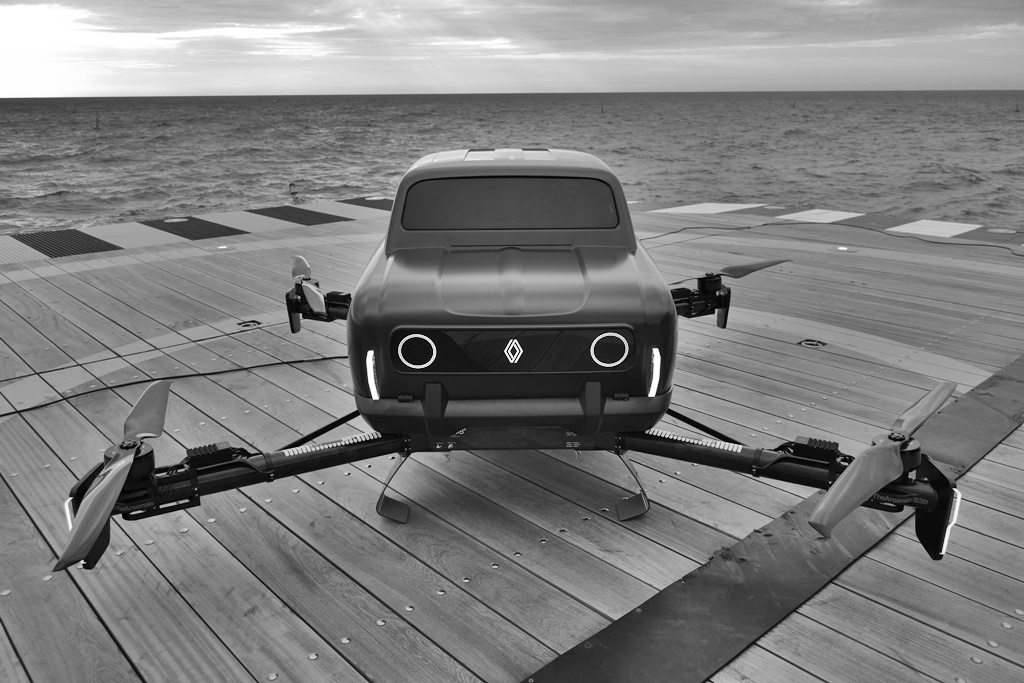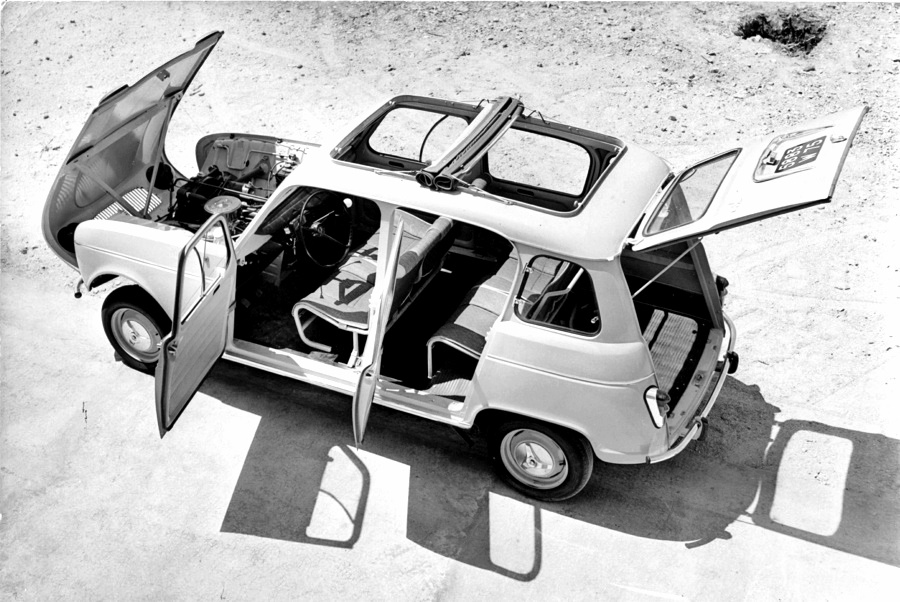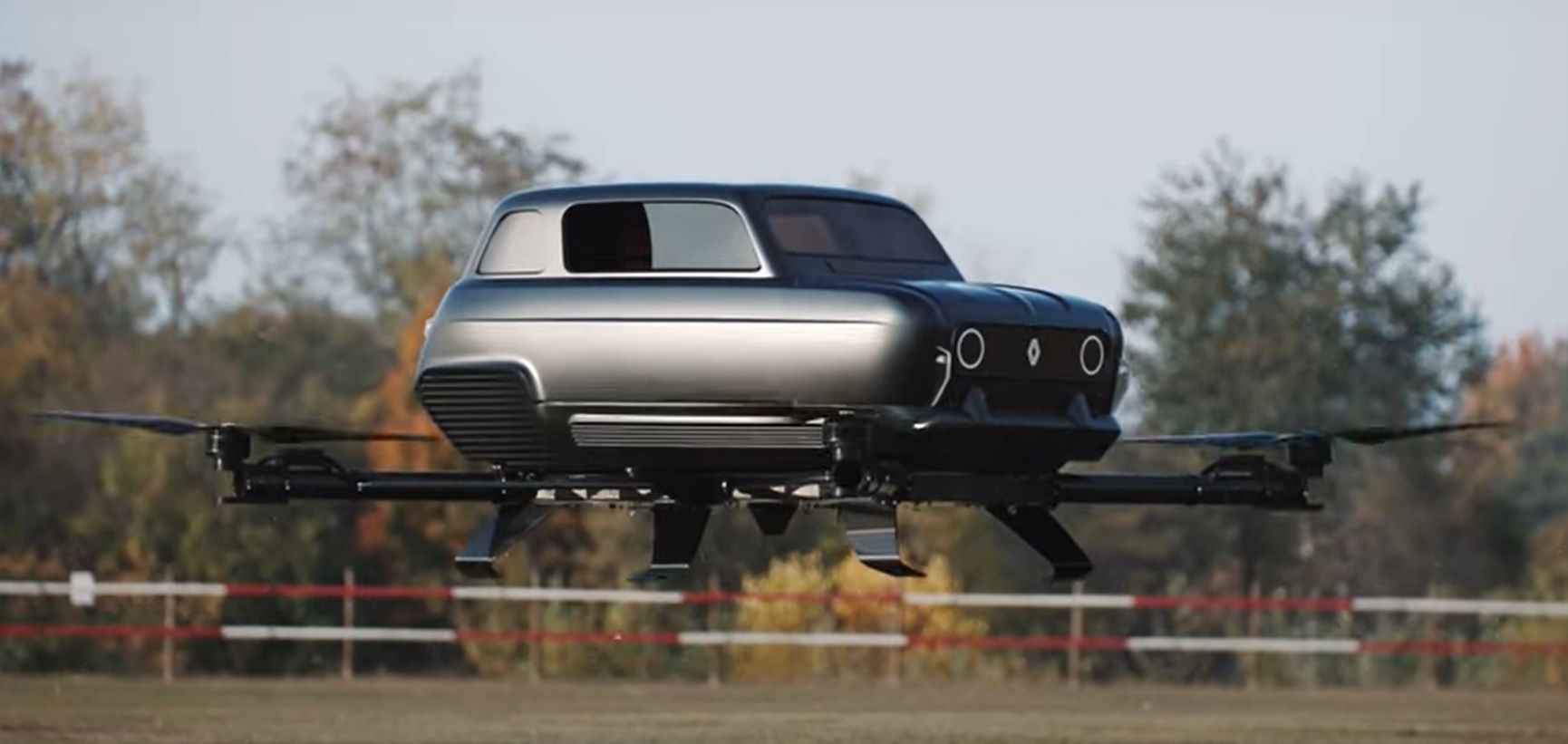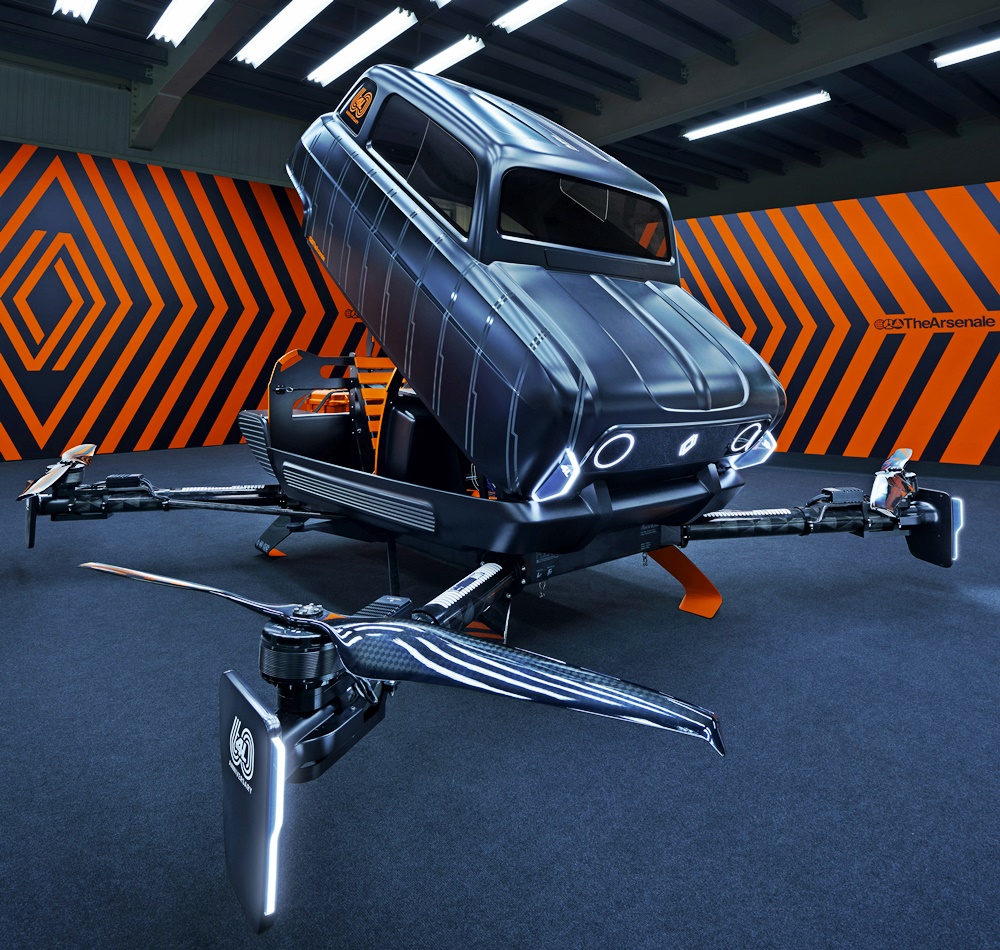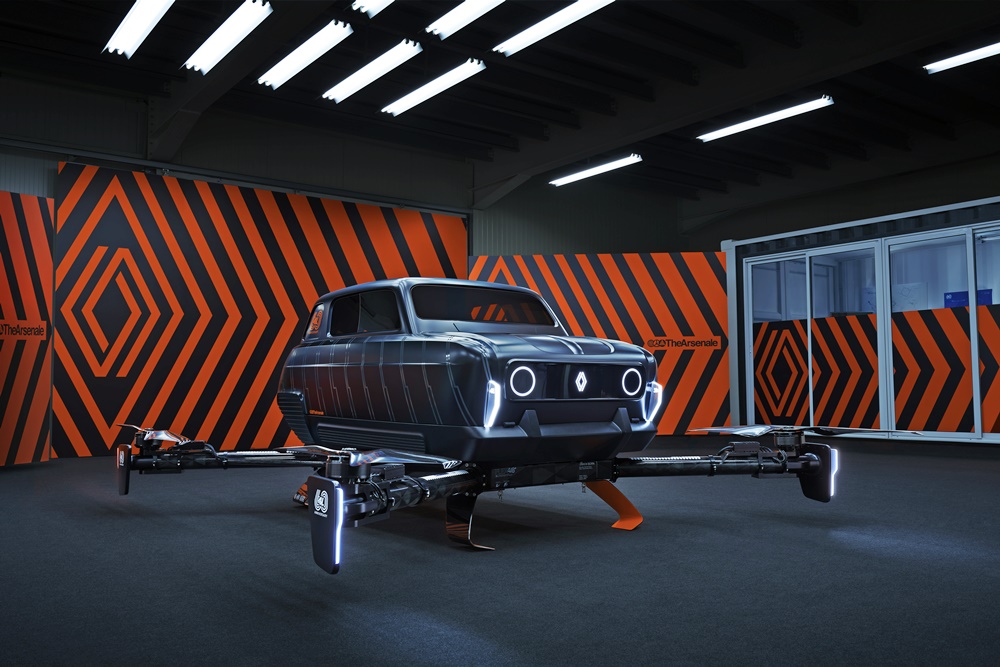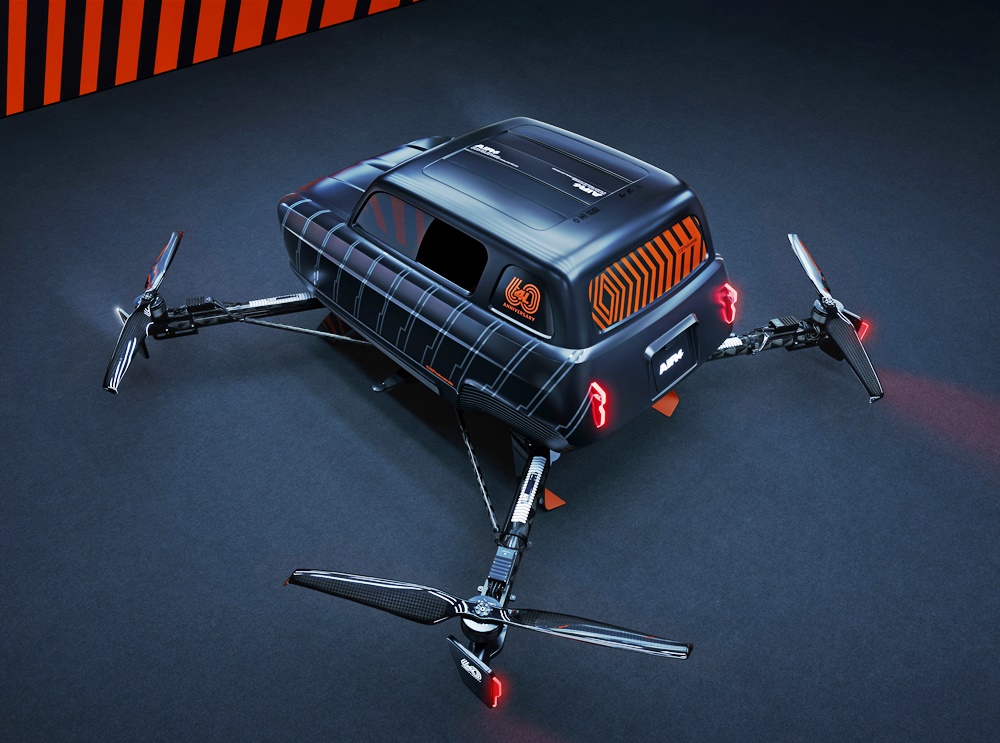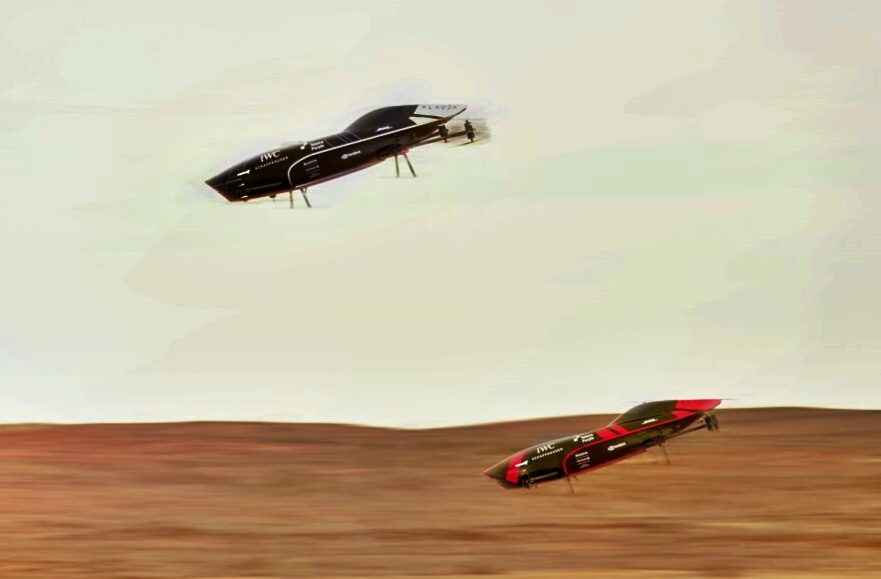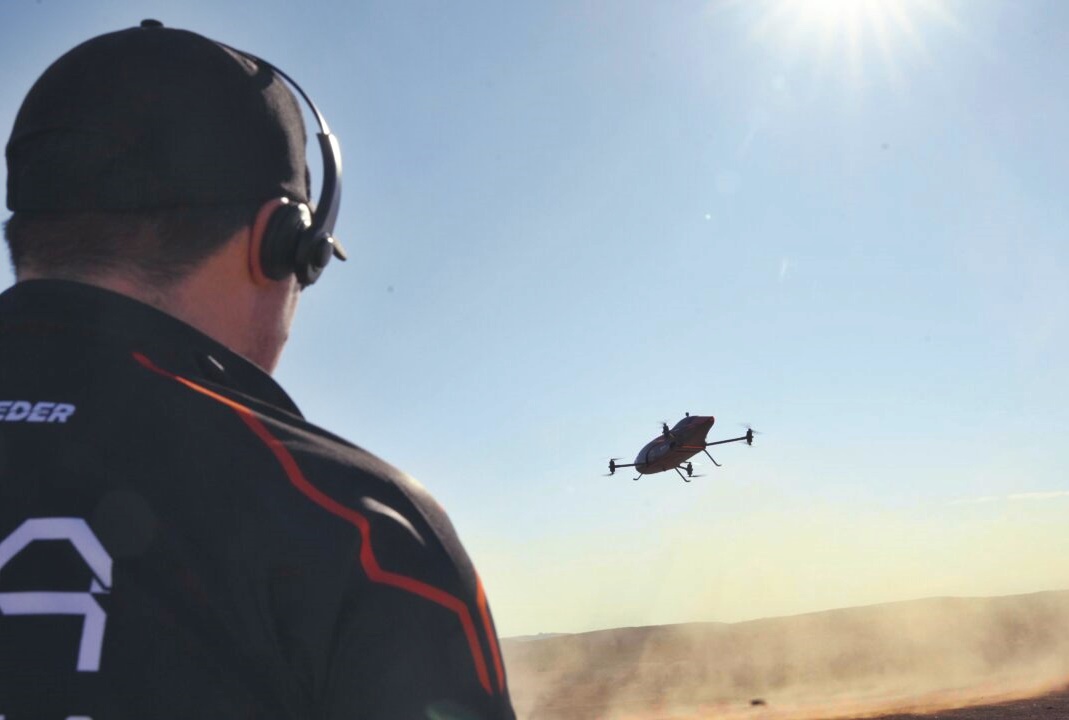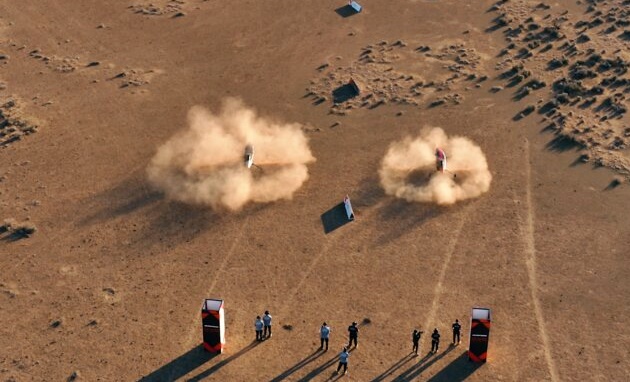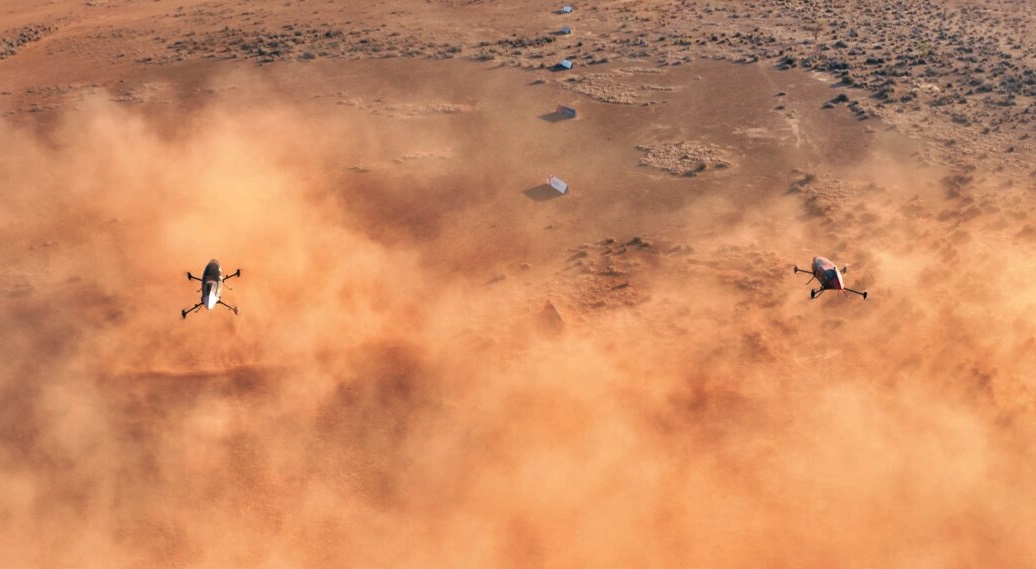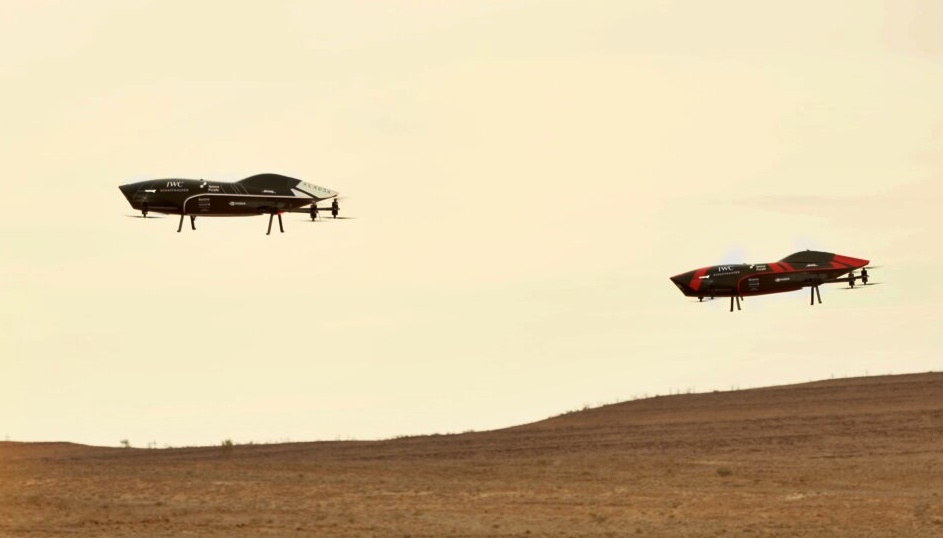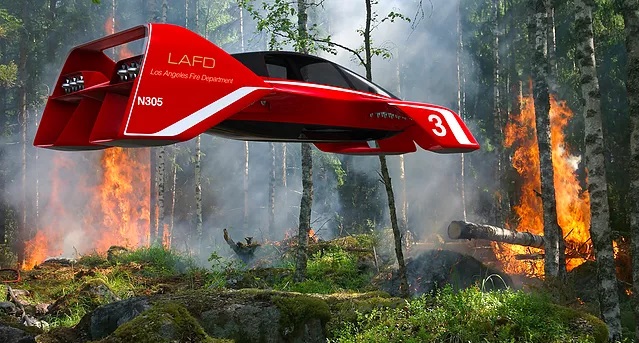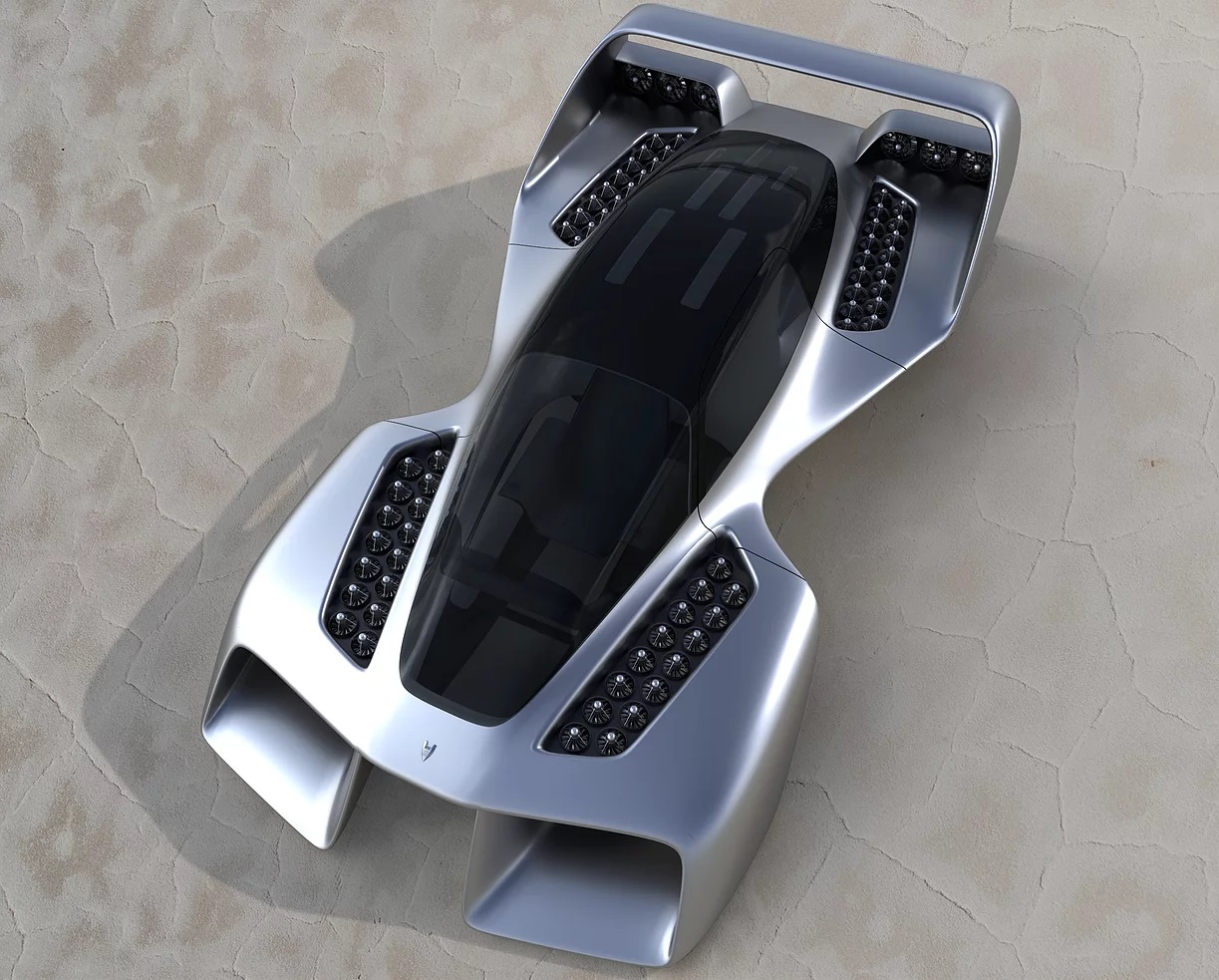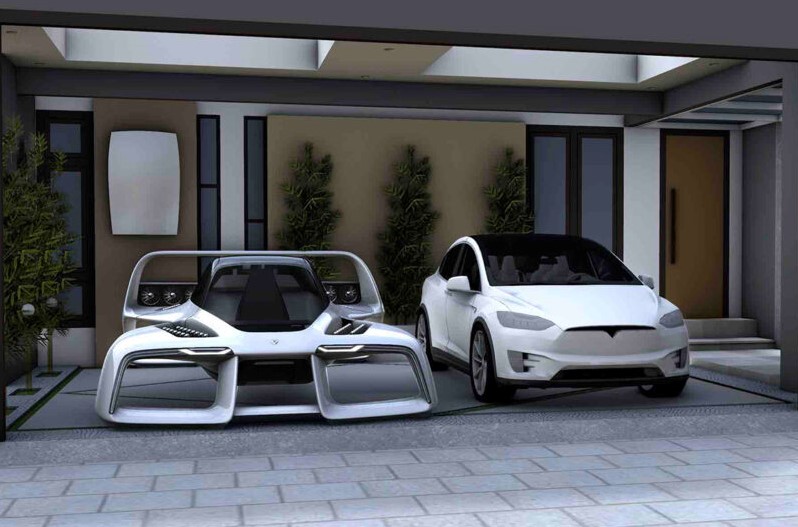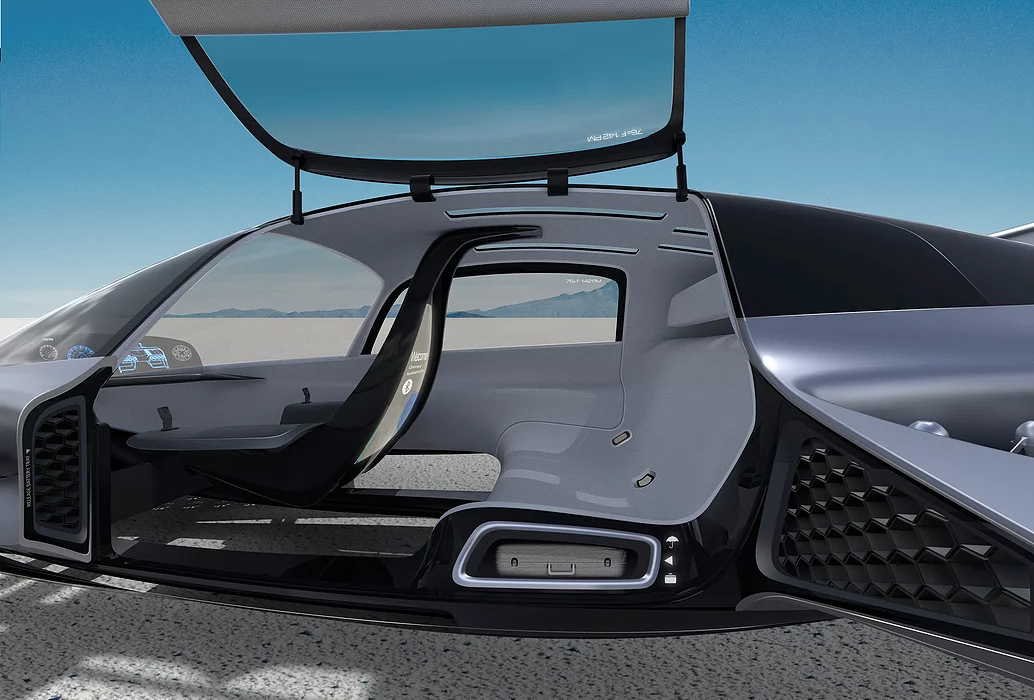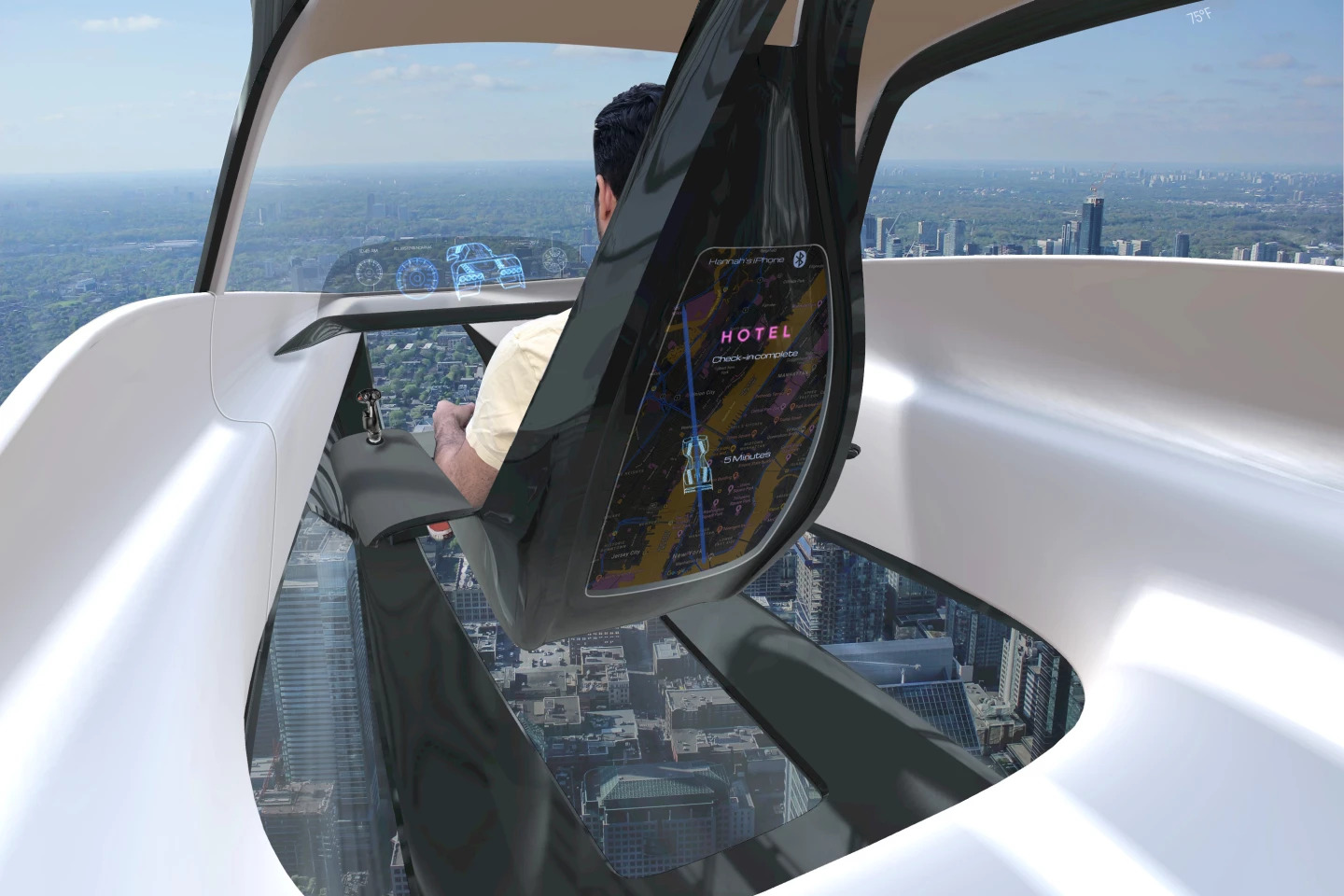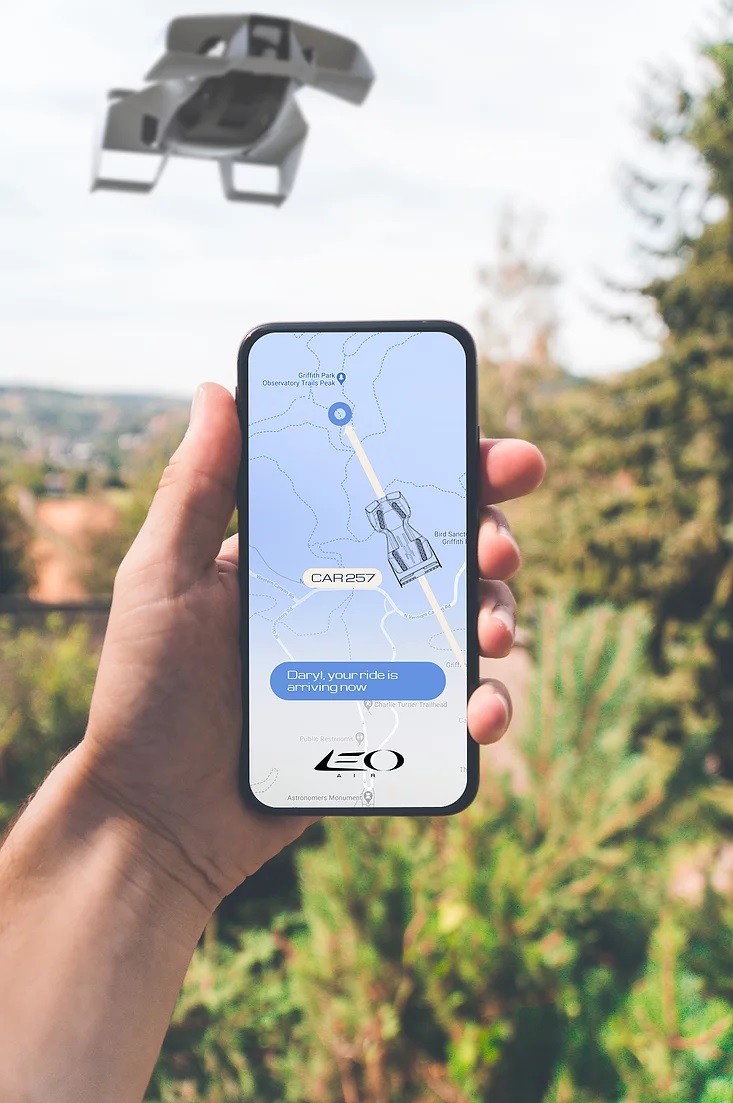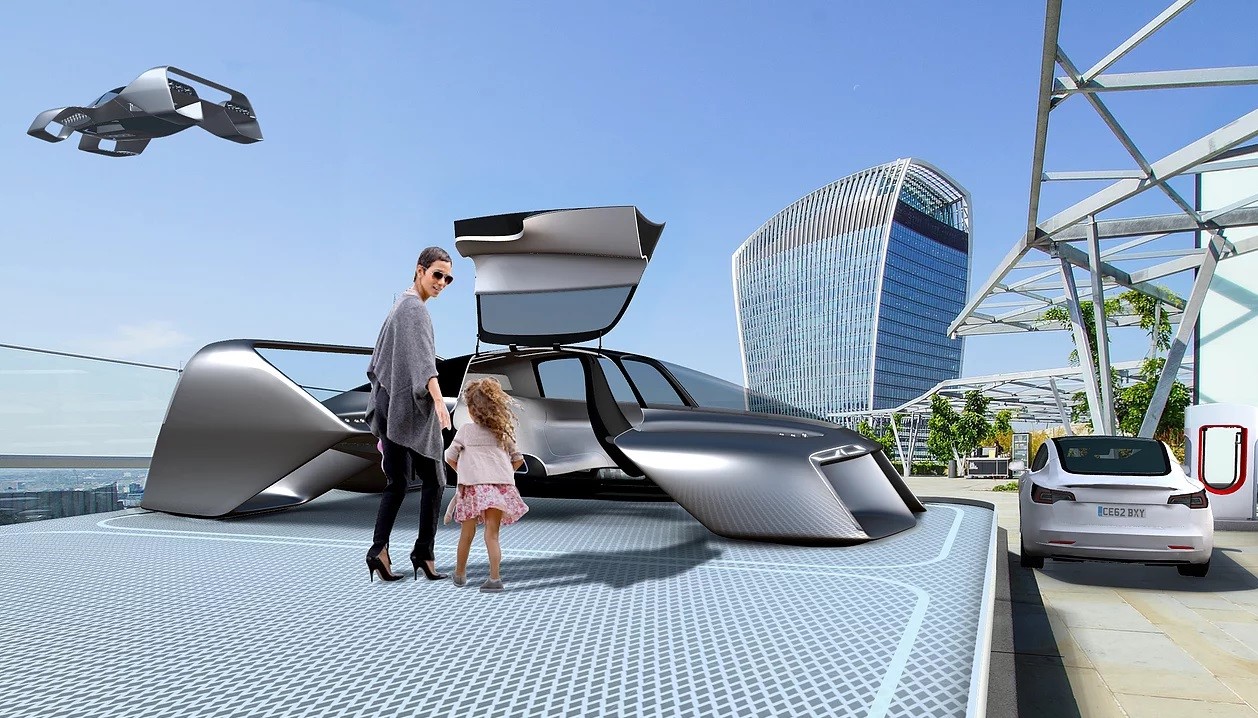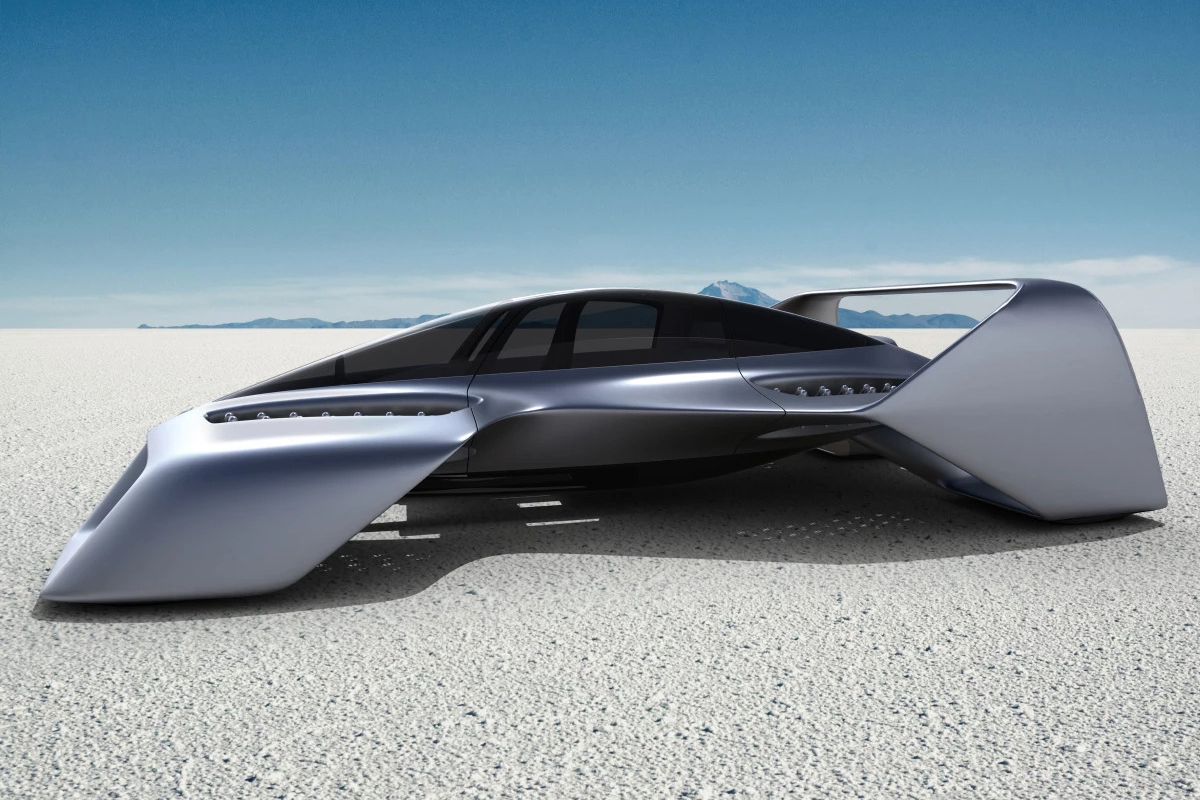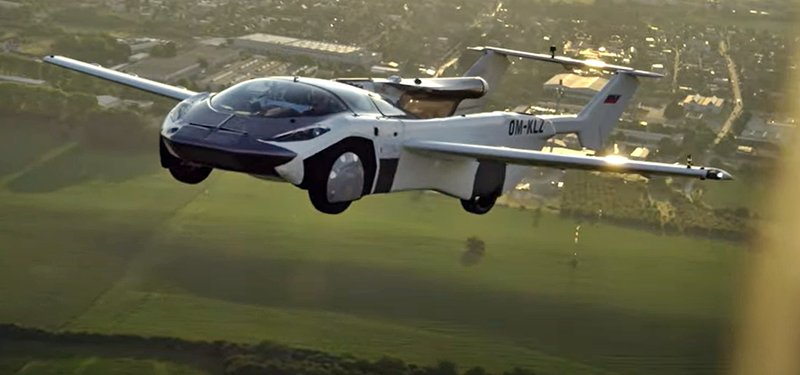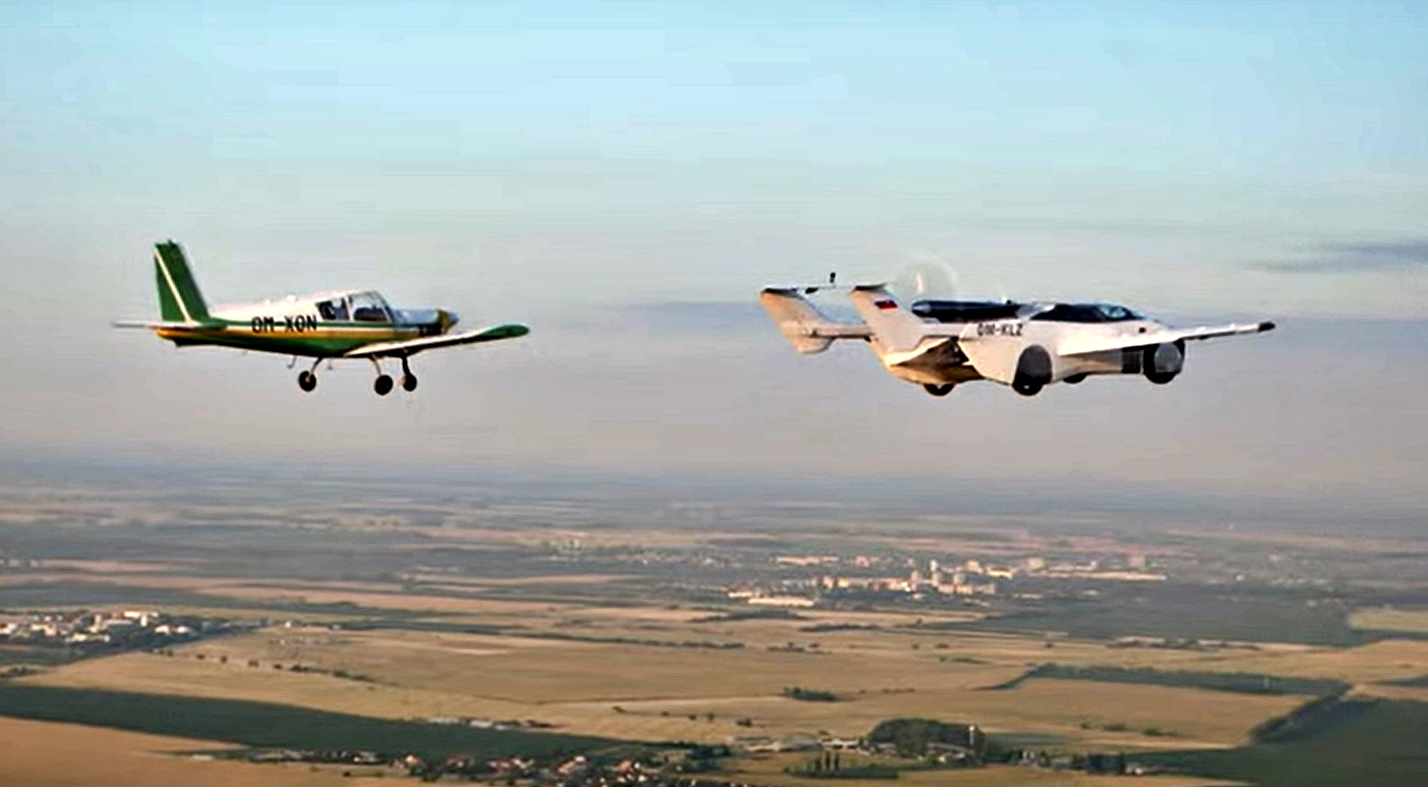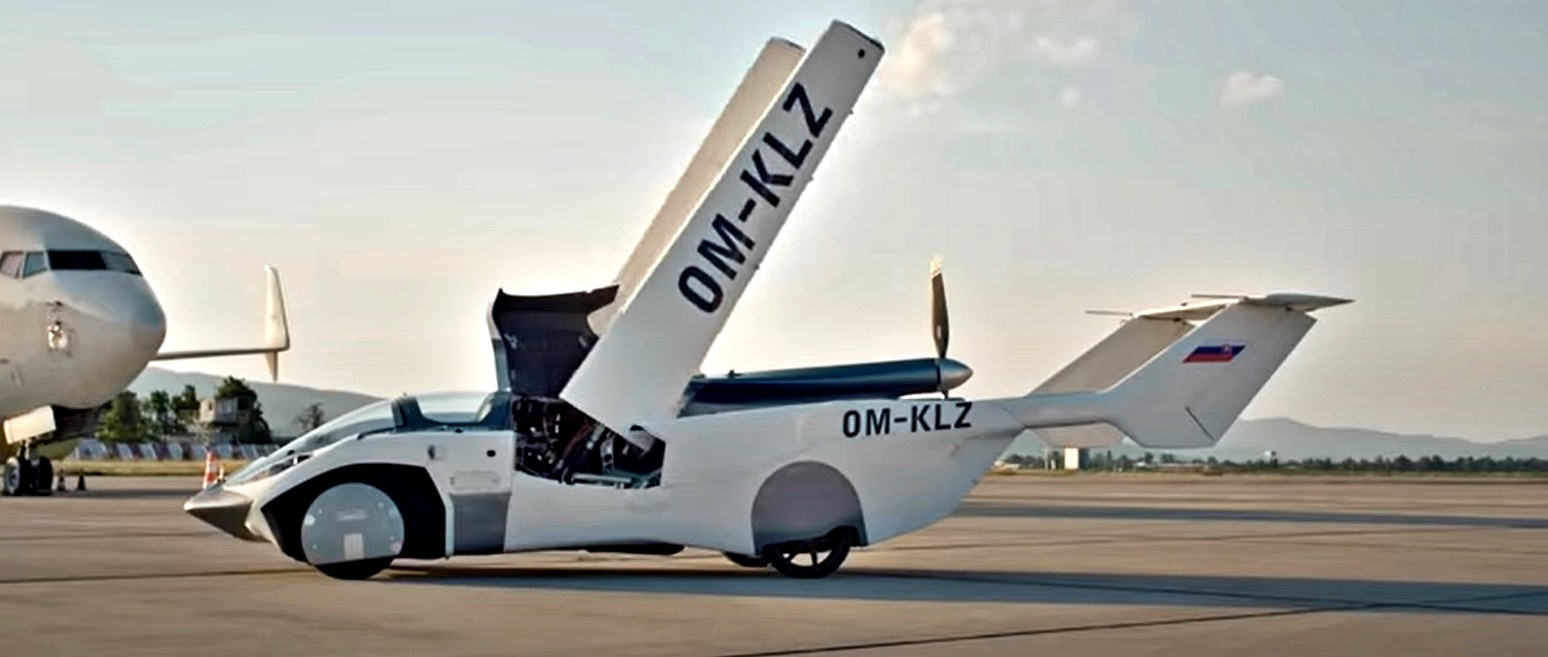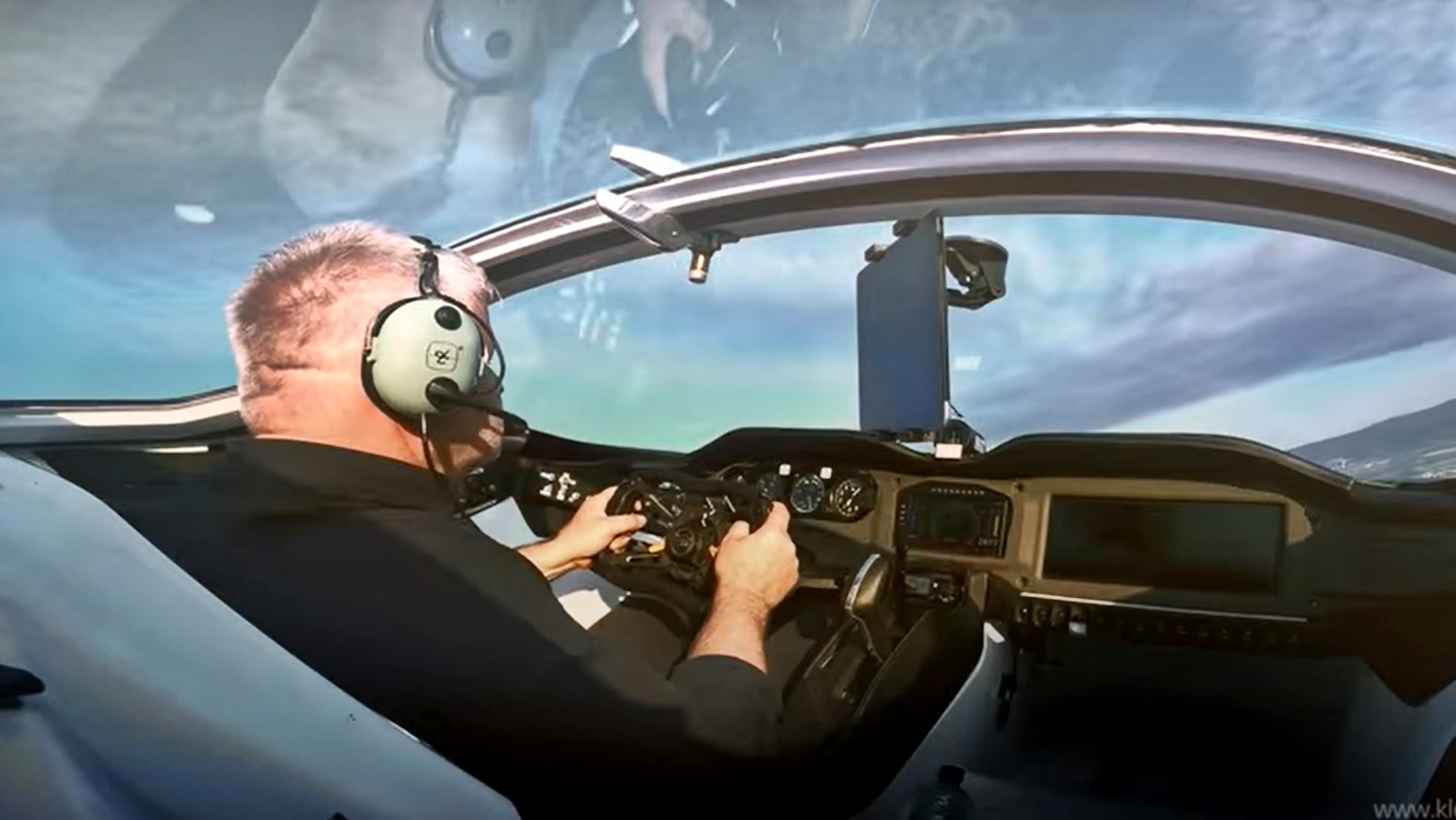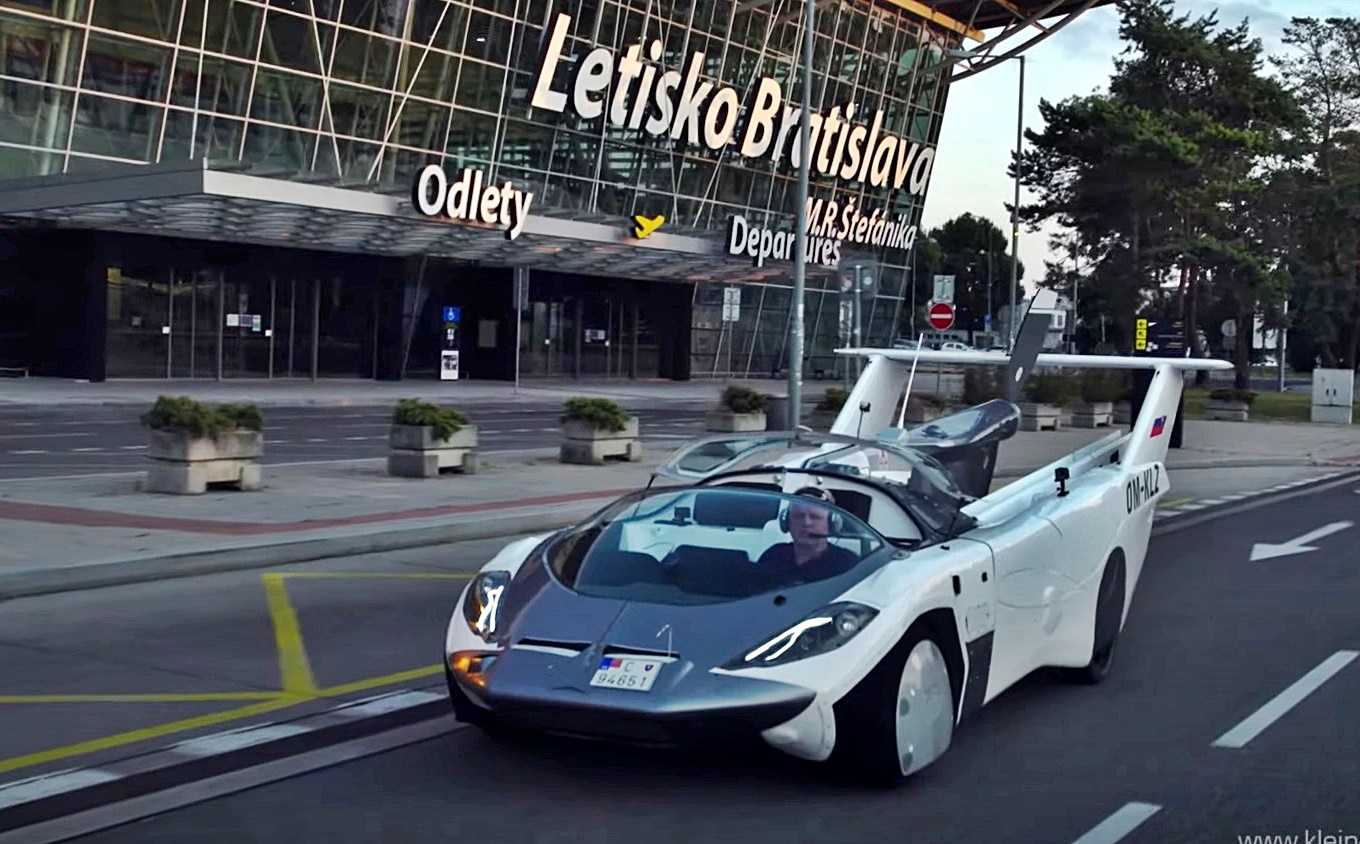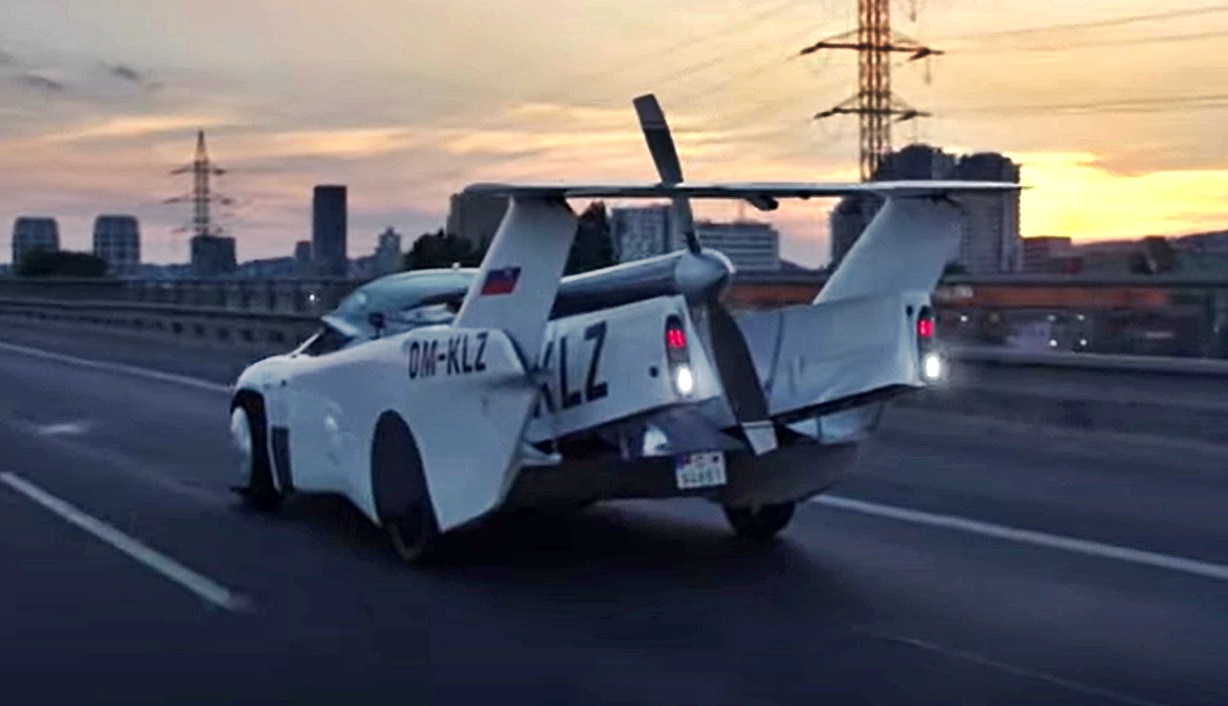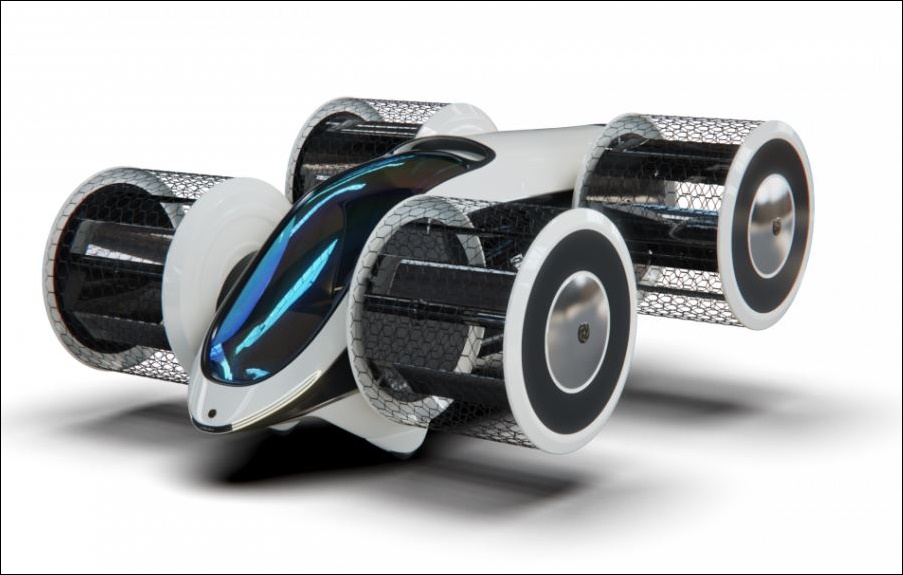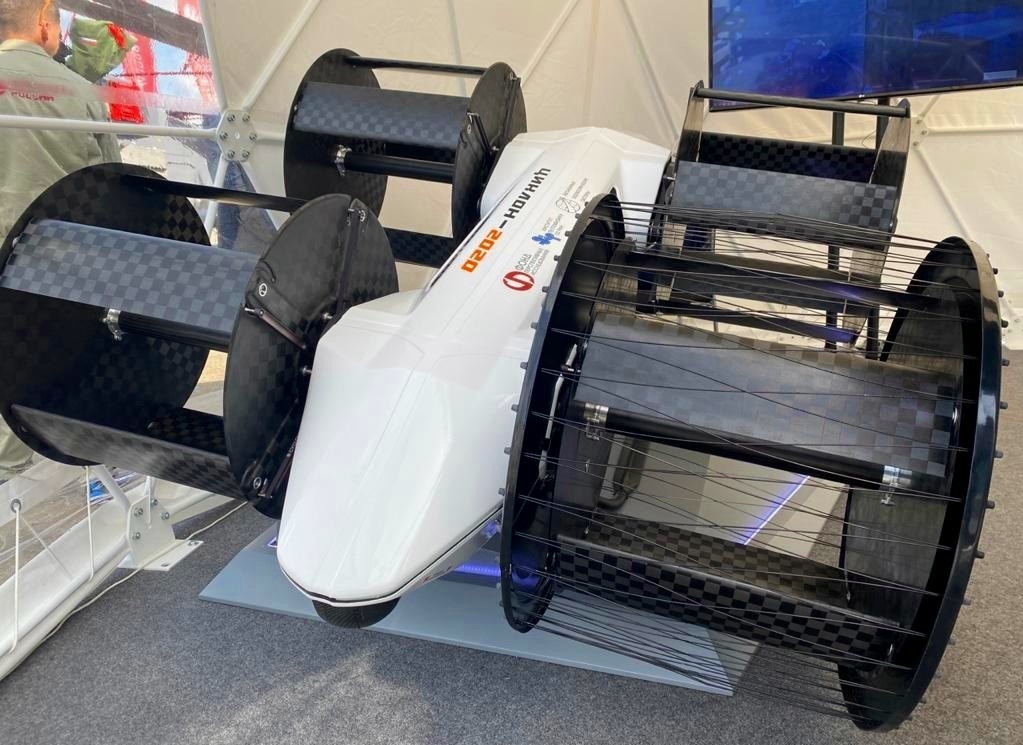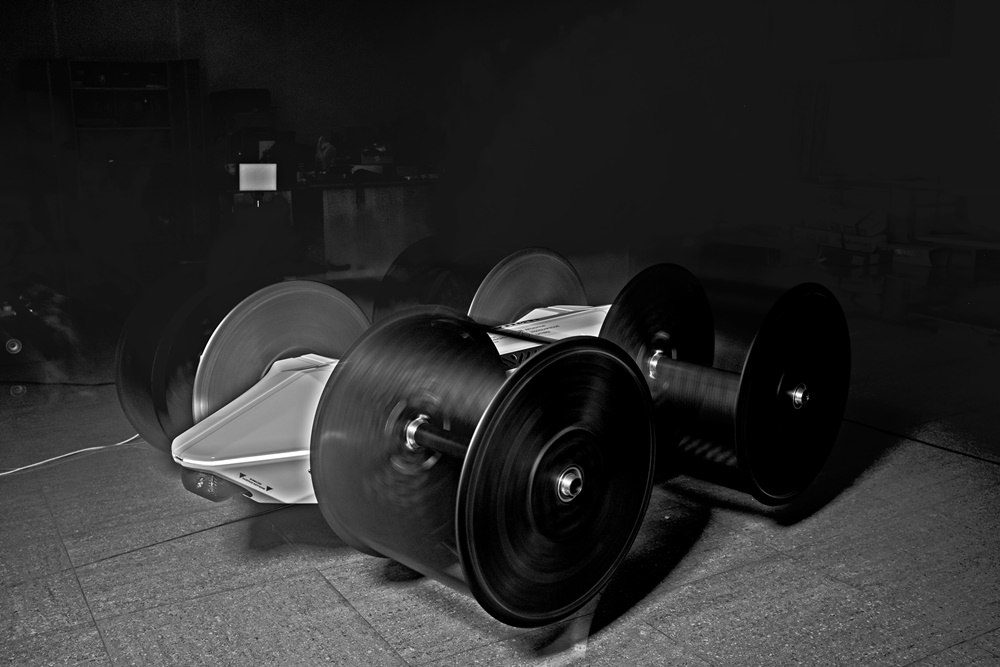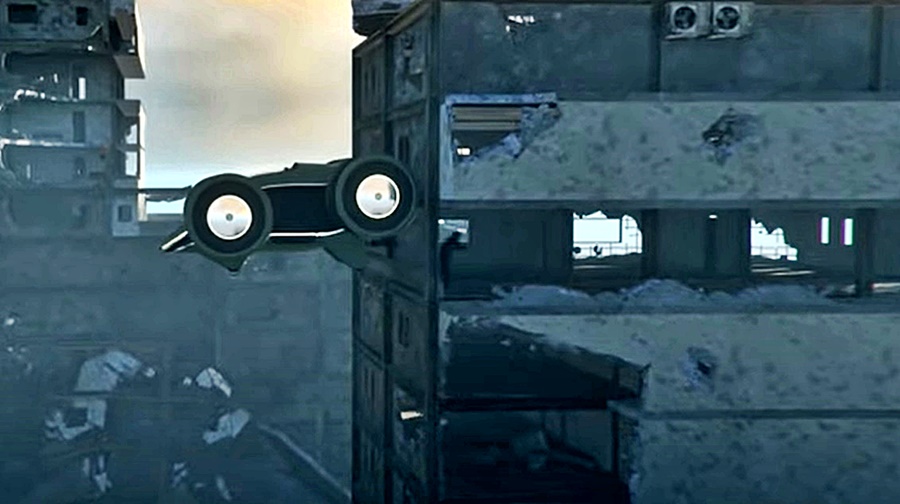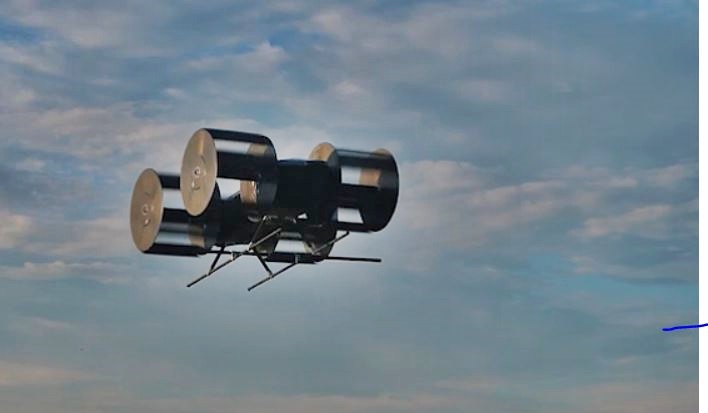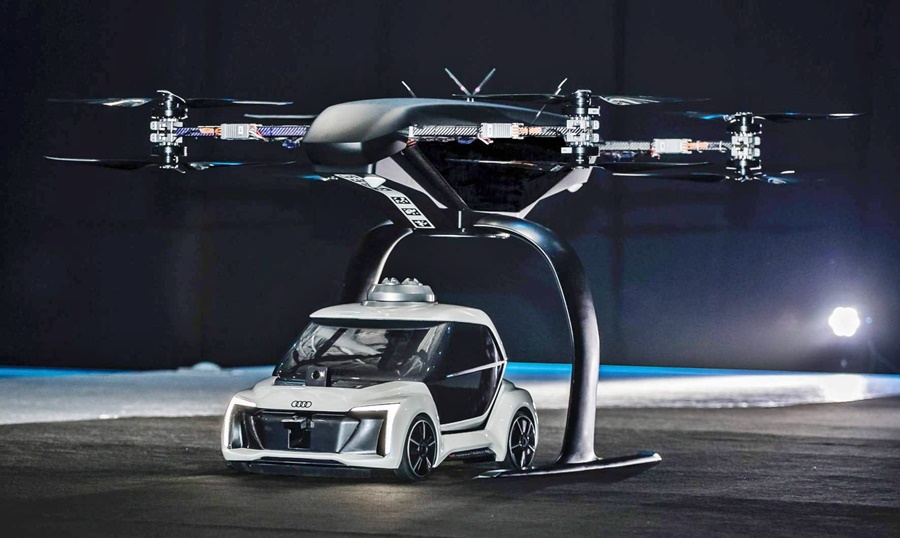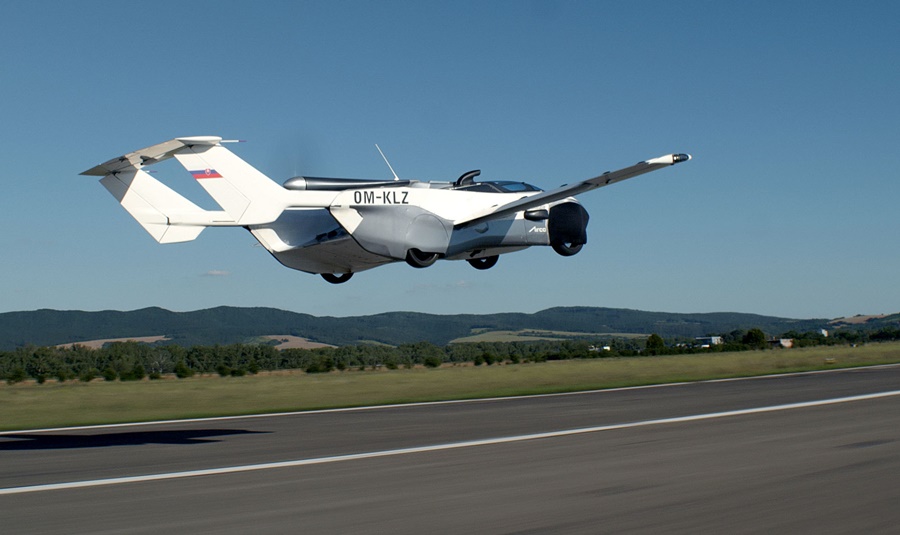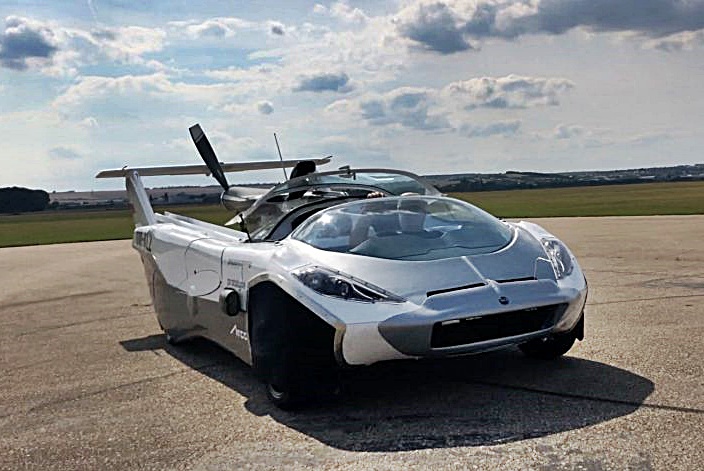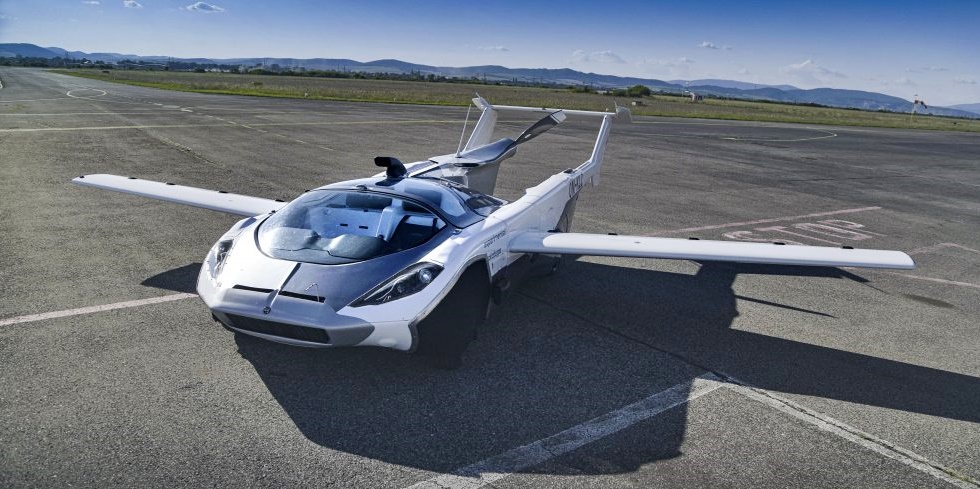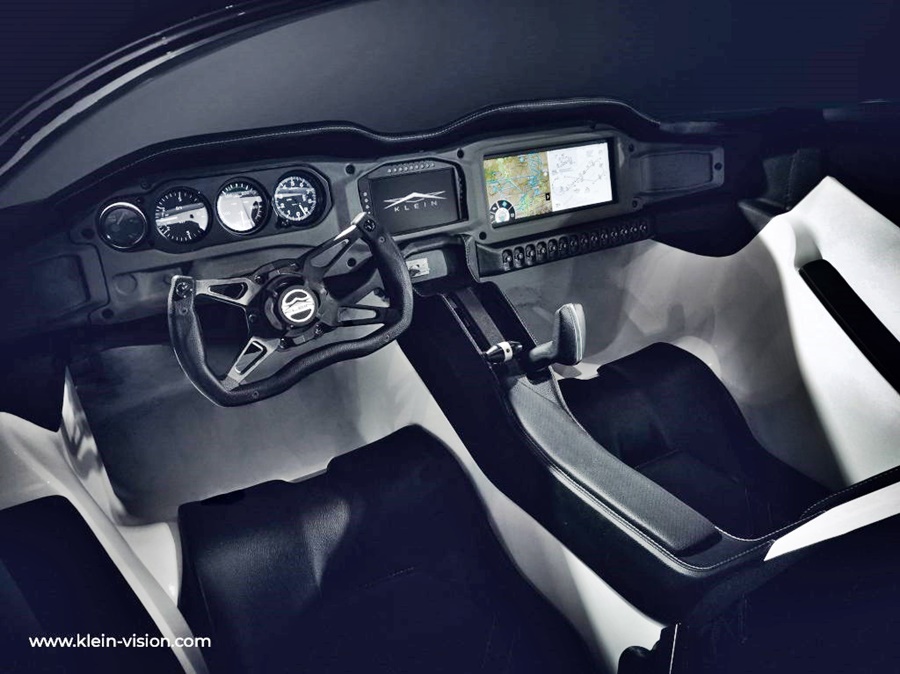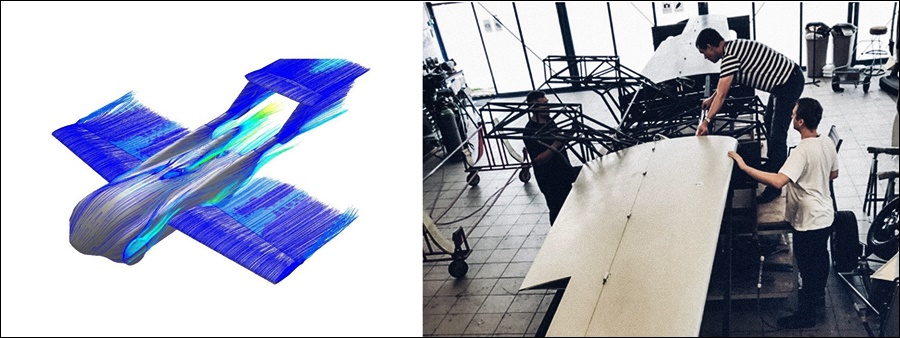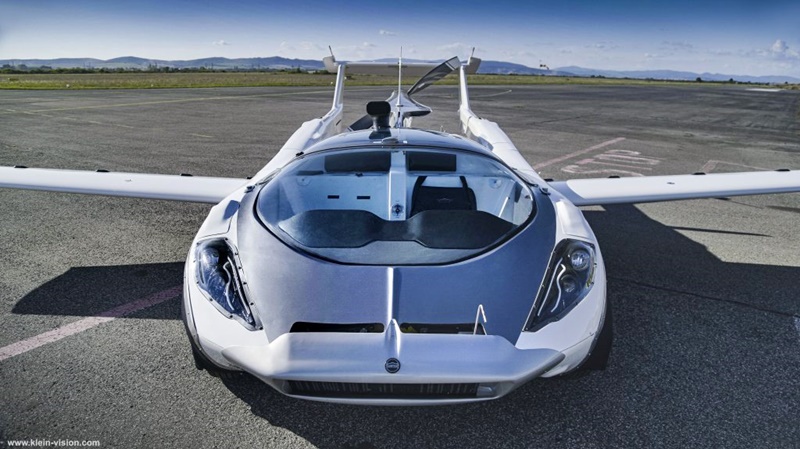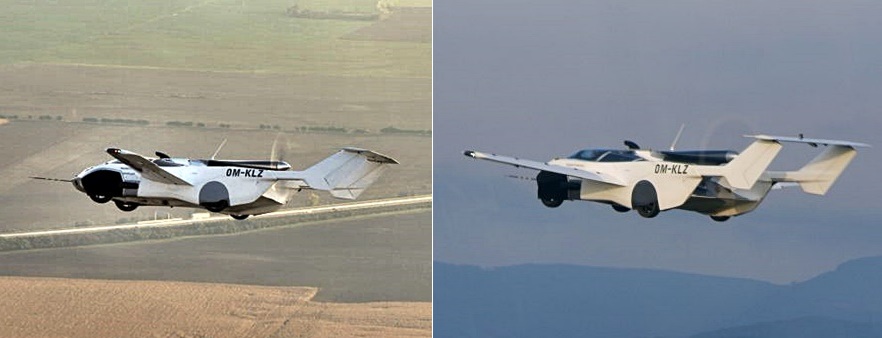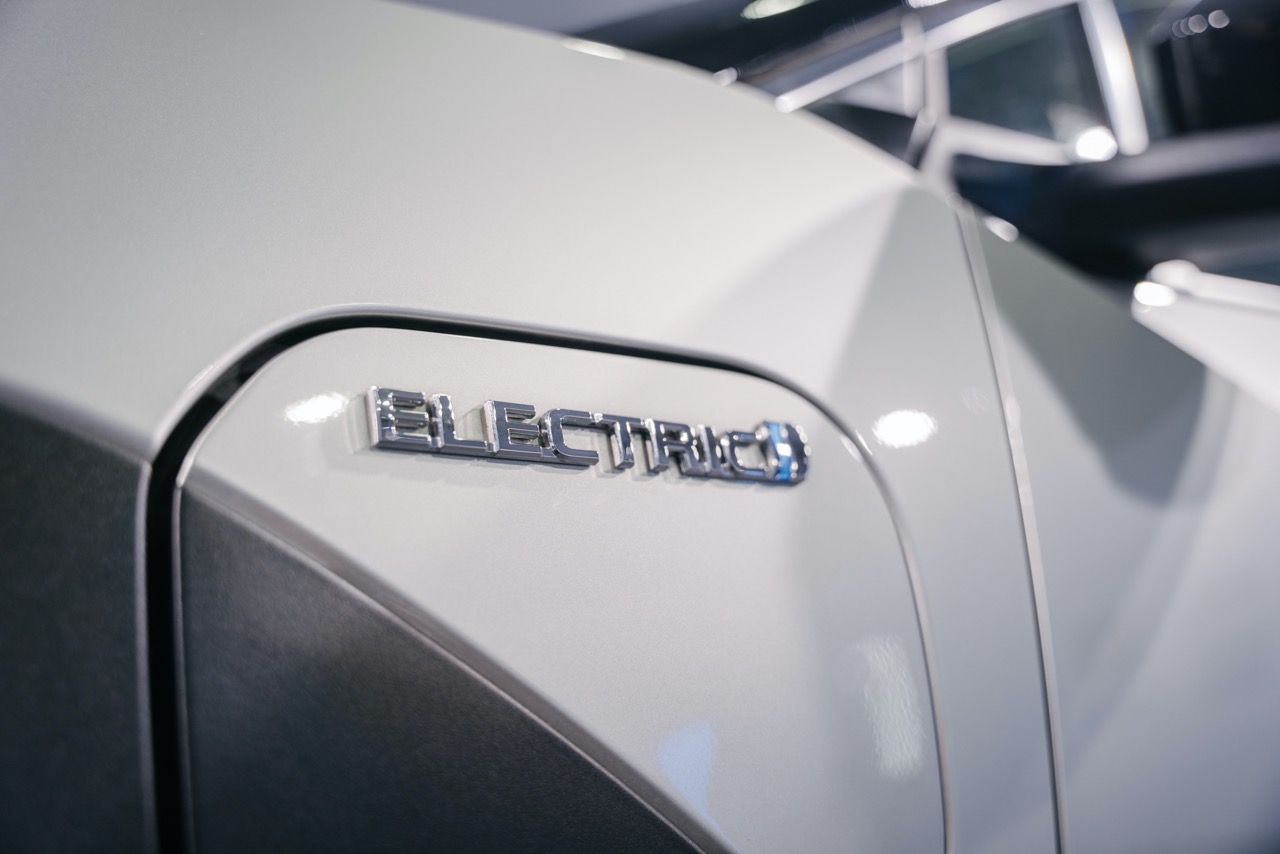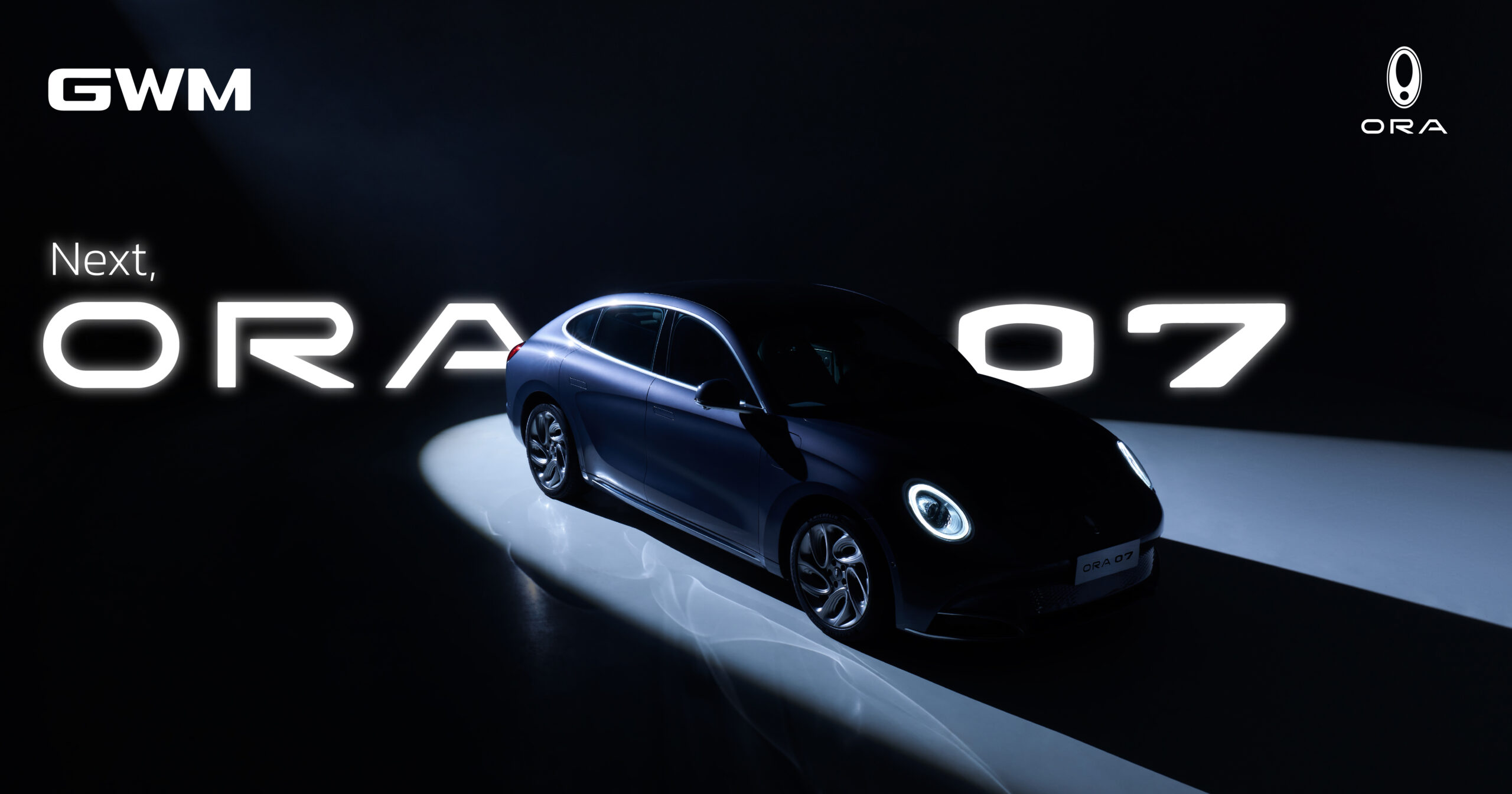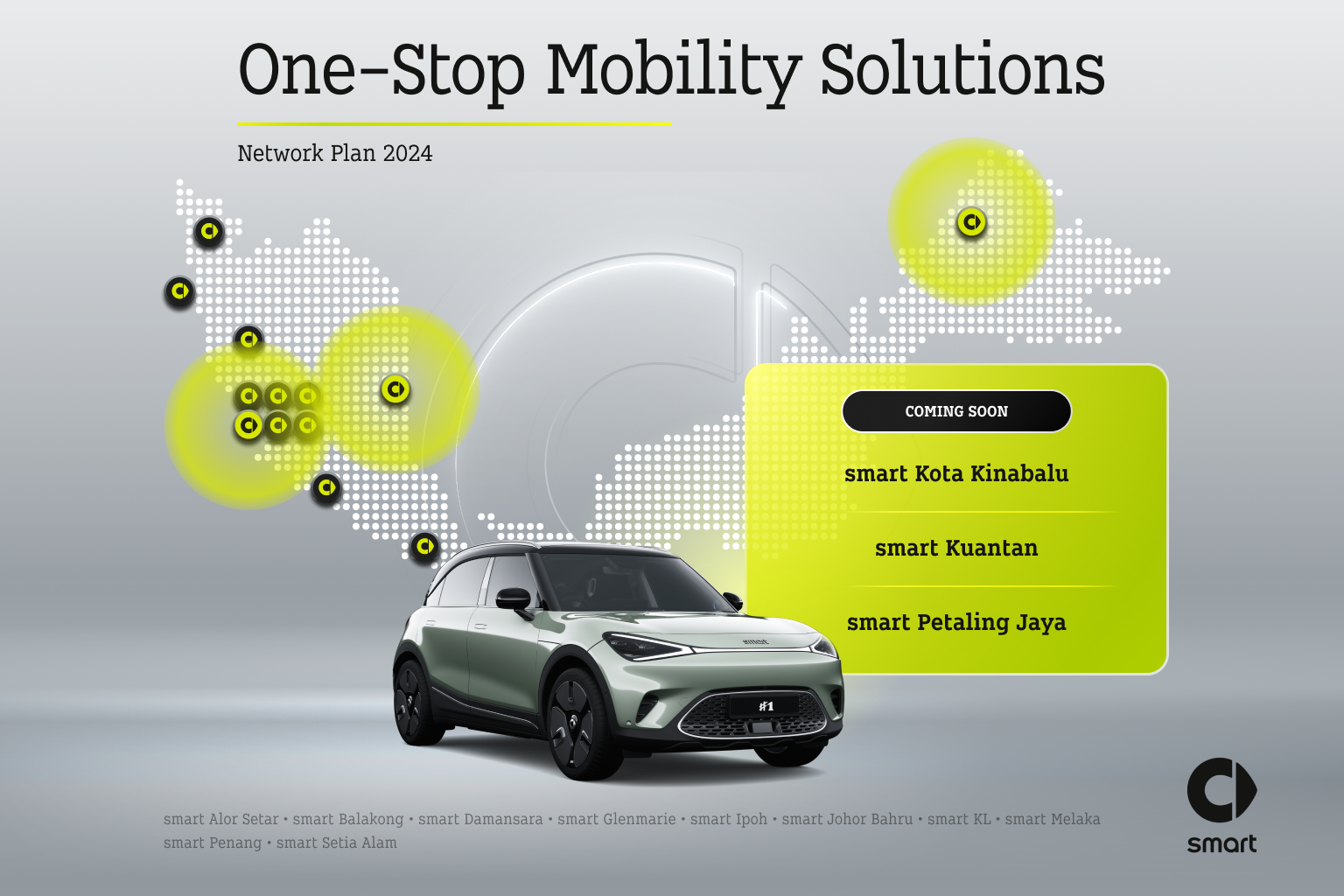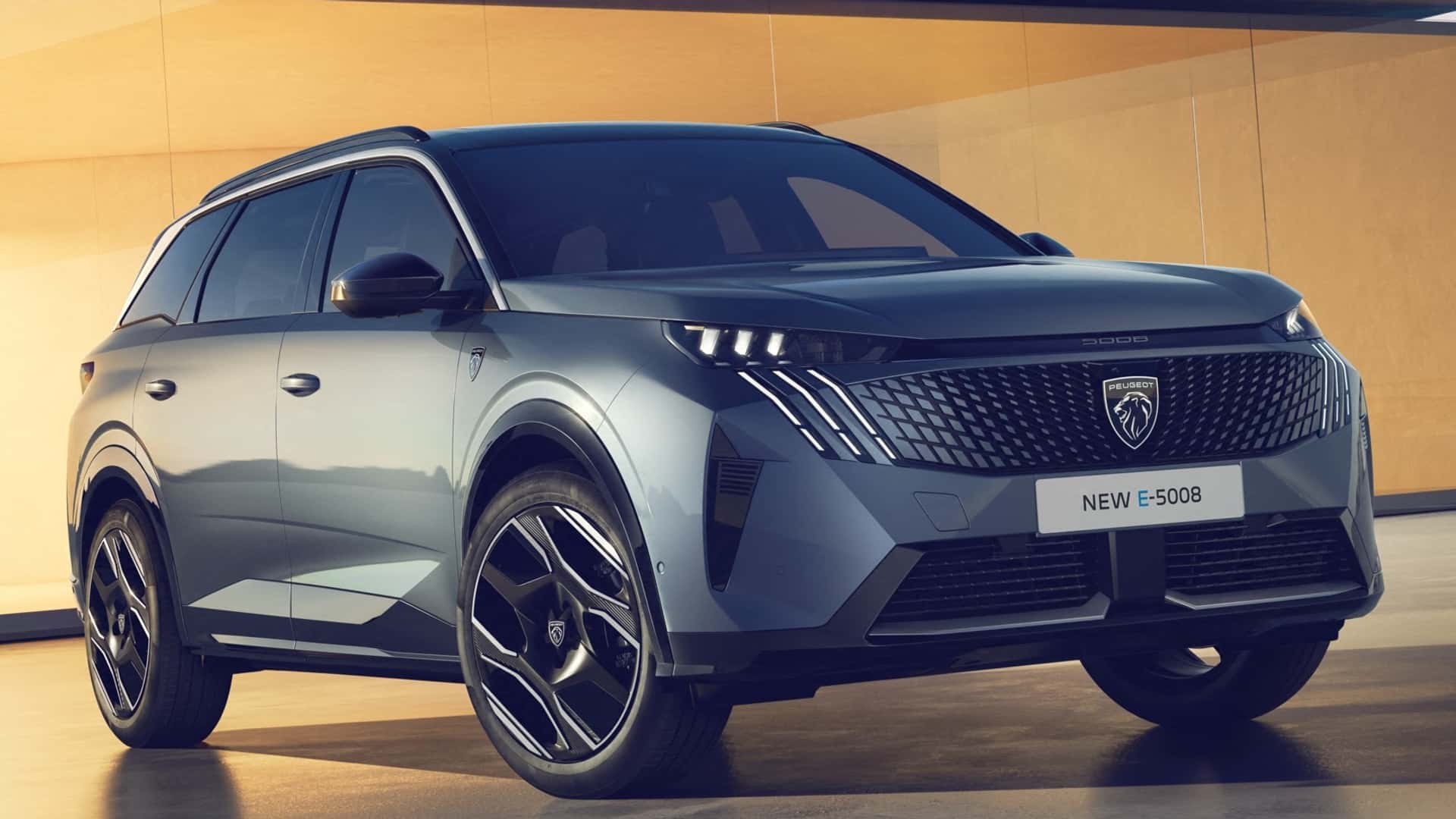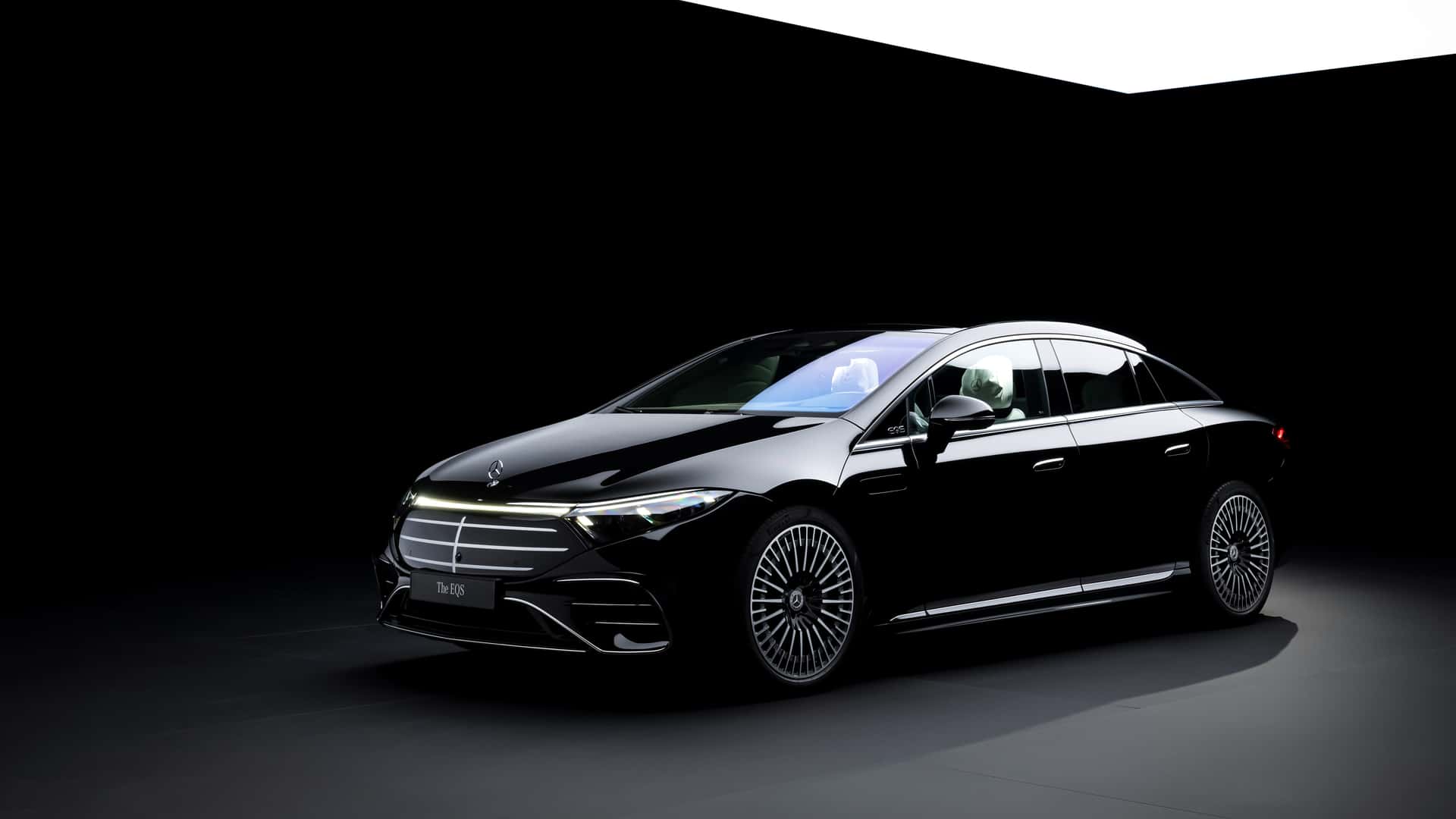The Renault 4 may not be of great significance to Malaysians but it is nevertheless a very special model to Renault and was popular in Europe. Though it was marketed as a stationwagon, it was really the world’s first hatchback. Over 8 million units were produced between 1961 and 1992.
The carmaker has been having various events to celebrate the models 60th anniversary this year and besides the SUITE N°4 concept shown earlier, it has also created a futuristic showcar as a reinterpretation of the iconic model.
A ‘blue jeans’ car
The original Renault 4 was a simple, efficient and versatile vehicle – a ‘blue jeans’ car, as the former head of Renault Group, Pierre Dreyfus, used to describe it. It was versatile, conveying families, helping businesses and even providing transport for the French police and postal service. And of course, it enabled several generations of young motorists to start motoring. Its values and qualities convinced TheArsenale, a design hub, to collaborate with Renault to reimagine a 4L.
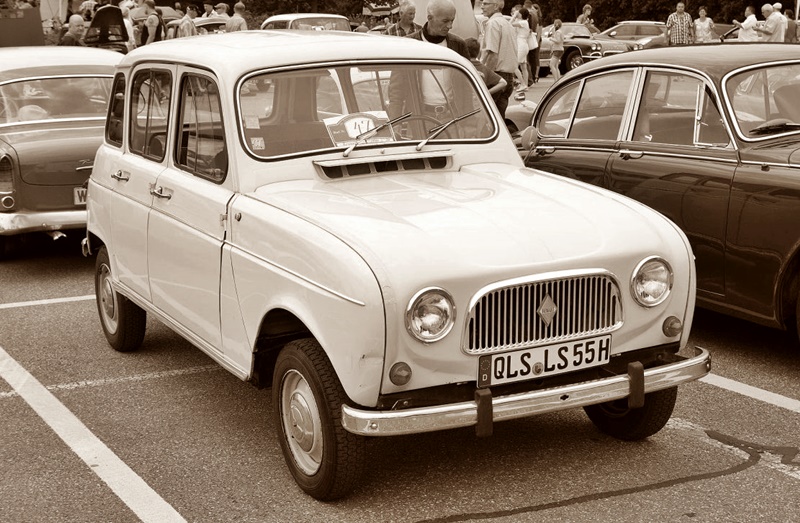
For highways in the air
The AIR4, as it is called, is designed to drive along the unmarked highways above our heads. This unprecedented approach is a symbol of independence and freedom, born out of the realisation that traffic is compounding; lives are grinding to a halt, and the world above us is unhampered. Thus, the AIR4 claims the air as the new road of the future.
Design-wise, the reinterpretation of the retro icon is far removed from the modern car design language. The vehicle, entirely made of carbonfibre, maintains the same lines and contained mass of the original 4L, but with new dynamic capabilities. The rigidity has been completely revised to include new concepts such as thrust or lift, which required hours of calculations and tests.
Drawing on generative design techniques using artificial intelligence, TheArsenale’s engineers were able to test terabytes of data to improve and fine-tune the designers’ ideas, even before starting the first real-world trials (yes, it actually does fly).
Propulsion by propellers
To move around, the AIR4 does not use wheels. Instead, it features 4 two-blade propellers, one at each corner of the vehicle, like a drone. The chassis sits in the middle of the rota frame, and the driver can access and take a seat in the utilitarian cabin of the vehicle by lifting the reimagined Renault 4 shell, which is hinged at the front.
Power comes from by 22,000 mAh lithium polymer batteries that generate a total power of 90,000 mAh. The vehicle can travel horizontally at up to 26 metres a second or 94 km/h. It can climb at an angle of up to 70° and reach an altitude of 700 metres. The take-off speed is 14 metres/second (50 km/h) and landing velocity is 3 metres/second (11 km/h).
This vehicle is the first product from TheArsenale’s ROAD TO AIR division, which envisions the future transport network to be in the sky. The AIR4 is the brainchild of Patrice Meignan, CEO and Founder of TheArsenale, who sought to create a new kind of vehicle that provokes emotion, establishes brand identity and offers pleasure.
On public display
The AIR4 will be on public display at the Atelier Renault in the vibrant centre of Paris. Next year, it will be shown in Miami (perhaps at the first ever F1 race there in May) and then New York, before a pit stop in Macau.
“After a year-long of celebration we wanted to create something unconventional to close up the 60th anniversary of 4L,” said Arnaud Belloni, Renault Brand Global Marketing Director. “This collaboration with TheArsenale was a natural fit. The flying showcar AIR4 is something unseen yet and a wink to how this icon could look like in another 60 years.”


